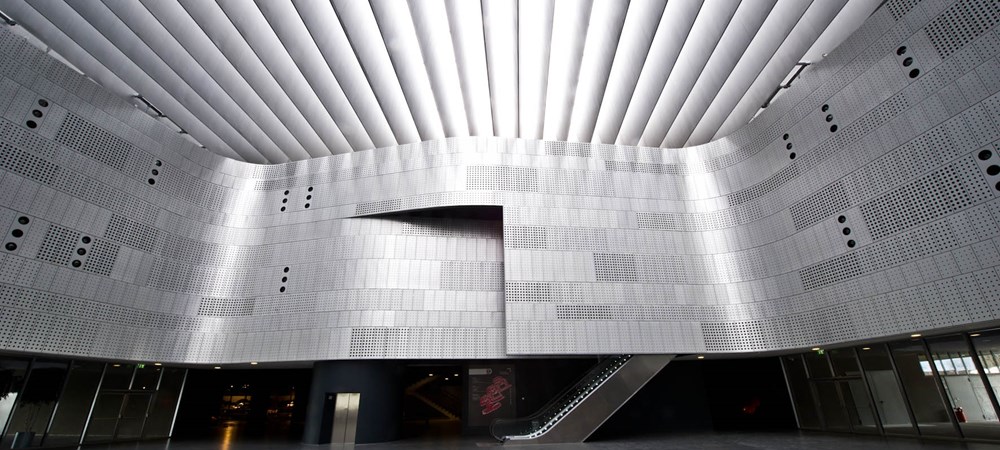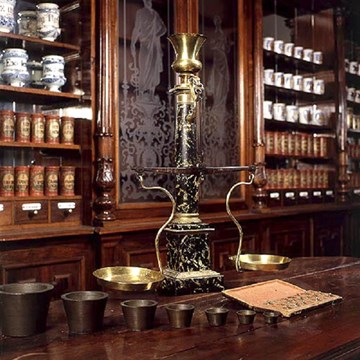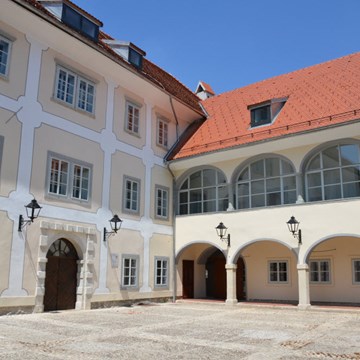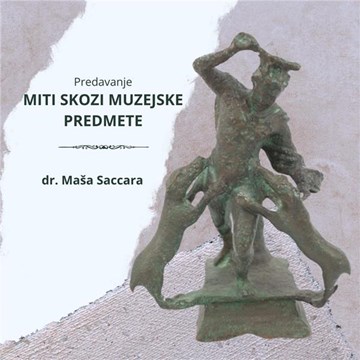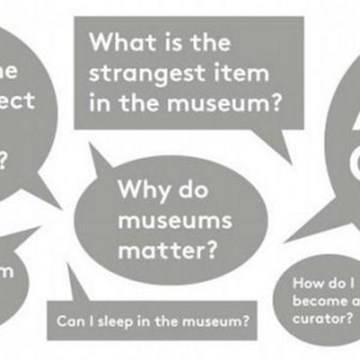Museo Nazionale dell'Automobile "Avv. Giovanni Agnelli"
Guardian and testimony of artisanal and industrial creativity linked to the world of motors, the “Avv. Giovanni Agnelli” National Automobile Museum is a journey through the history of the automobile to tell the story of its evolution from means of transport to cult object, but also the epochal transformations that have influenced society, custom and the way of life. Among the rarest and most interesting collections in its kind, with over 200 original vehicles, of 80 different car brands, on display at the premises at Corso Unità d’Italia 40, the Turin museum is one of the world’s most famous technical-scientific museums, but it has been conceived to engage a very vast and diverse public.
Mission and values
A place for meeting and discussion, collecting experiences and ideas, a living and participated space: the National Automobile Museum is a bridge between past and future and, above all, a real laboratory, in which the history of the automobile and the thousand stories that it includes (of trades, artisans, bodywork experts, applied technologies, scientific innovations and creativity) become inspiration for thought and for the future. The entertaining and engaging display, together with a user-friendly, up-to-date analysis of the subject, makes the museum a place to frequent not just to visit.
The history of the Museum
A must-see for car enthusiasts, the National Automobile Museum was set up in 1932, on the left bank of the River Po, based on the idea of two pioneers of Italian motoring, Cesare Goria Gatti and Roberto Biscaretti di Ruffia (the first President of the Turin Automobile Club and one of the founders of Fiat). However, it was Roberto’s son Carlo, after whom the National Automobile Museum was named in 1960, who conceived and put together the initial collection: the “steam vehicle”, designed by Virginio Bordino in 1854, the first Benz model, dated 1893, the first Peugeot model to circulate in Italy, the Pecori, which was the first three-wheeled car built in our country, just to mention a few of the most valuable exhibits. The futuristic refurb, completed in 2011 to a design by architect Cino Zucchi, has helped to reposition the museum within the Italian cultural sector: the new exhibition – included in 2013 by The Times in its list of the top 50 in the world, valued for its educational and scientific standing – extends over three floors and takes visitors on an emotional journey among vintage vehicles and dream cars, important prototypes and iconic models, while songs from the Sixties and the rumble of Formula One engines can be heard in the background.
The spectacularly contextualised layout created by Francois Confino is accompanied by multimedia systems with touch screen devices, original themed displays, great installations and multi-projections put together specially to engage new generations of visitors with the use of state of the art technologies. The vast heritage of data, historical details, pictures from the archives, technical datasheets on the vehicles and bodywork specialists can be consulted during the visit on multimedia totems and from visitors’ own smartphones, using the Museum’s app.
The collection
The National Automobile Museum boasts a collection of over 200 models of the highest quality and historical value, from various countries including Italy, obviously, but also France, Great Britain, Germany, Poland, the Netherlands, Spain and the United States. Every single object conserved in the museum - be it artisanal or industrial – is the result of a project and a process: from the initial idea to its completion, there have been a whole series of more or less successful attempts, failures, new attempts and, finally, successes. The creative process is at the centre of the museum’s story but the cars also testify to the sporting and social events that they were part of, showing how they seduced the public and why some of them became an essential part of the collective memory of the 20th century. Between the influence of the artistic movements of last century, the great technological innovations and the future of mobility, presented also with a view to environmental sustainability and road safety, design is what guides the visitor through the lines, styles and men that determined the changes.
Besides the big Garage (which can be visited if you make a specific booking) which houses the vehicles which aren’t part of the permanent collection, the museum also has an area dedicated to temporary exhibits, an events space, a congress centre, the education centre, bookshop, café-restaurant and a workshop which is going to house the Restoration School, where artisans and specialists will be involved to provide practical and artisanal training in addition to theory. Lastly, the Documentation Centre, one of the most valuable in Europe due to the singular nature of its collections, is open to the public, with the possibility to consult the book and archive sections of the catalogue online.
Exhibitions and events
We don't have anything to show you here.
Educational programs
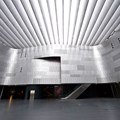
The Museum’s activities for students, children and families
WorkshopThe Documentation centre and visits for schools: The National Automobile Museum was created to encourage consideration of the museum not only as a place for conservation, but also to create...
Collections
We don't have anything to show you here.



